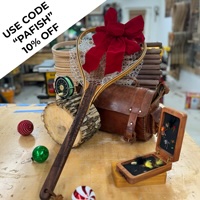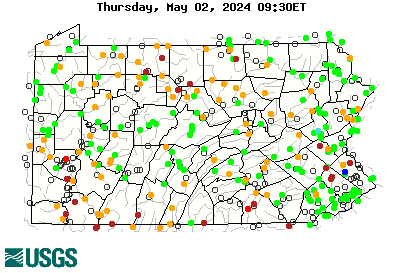Me too. I started fly fishing before indicators existed.Have not used any in decades. Watch the end of my fly line
and when it hesitates, set hook.
I tried several different kinds over the years, but didn't like any of them, and never got in the habit of using them.
As you said, watch the end of the fly line. And this is not limited to just very short tight line fishing.
You can nymph fish without a bobber and with plenty of line on the water. You can use reach casts and mends to get long drifts. This type of nymph fishing was very commonly used and the techniques were highly developed before the dominance of indicator and "Euro" nymphing.
Is there even a commonly used term for this type of nymphing? I usually call it "old school nymphing."





